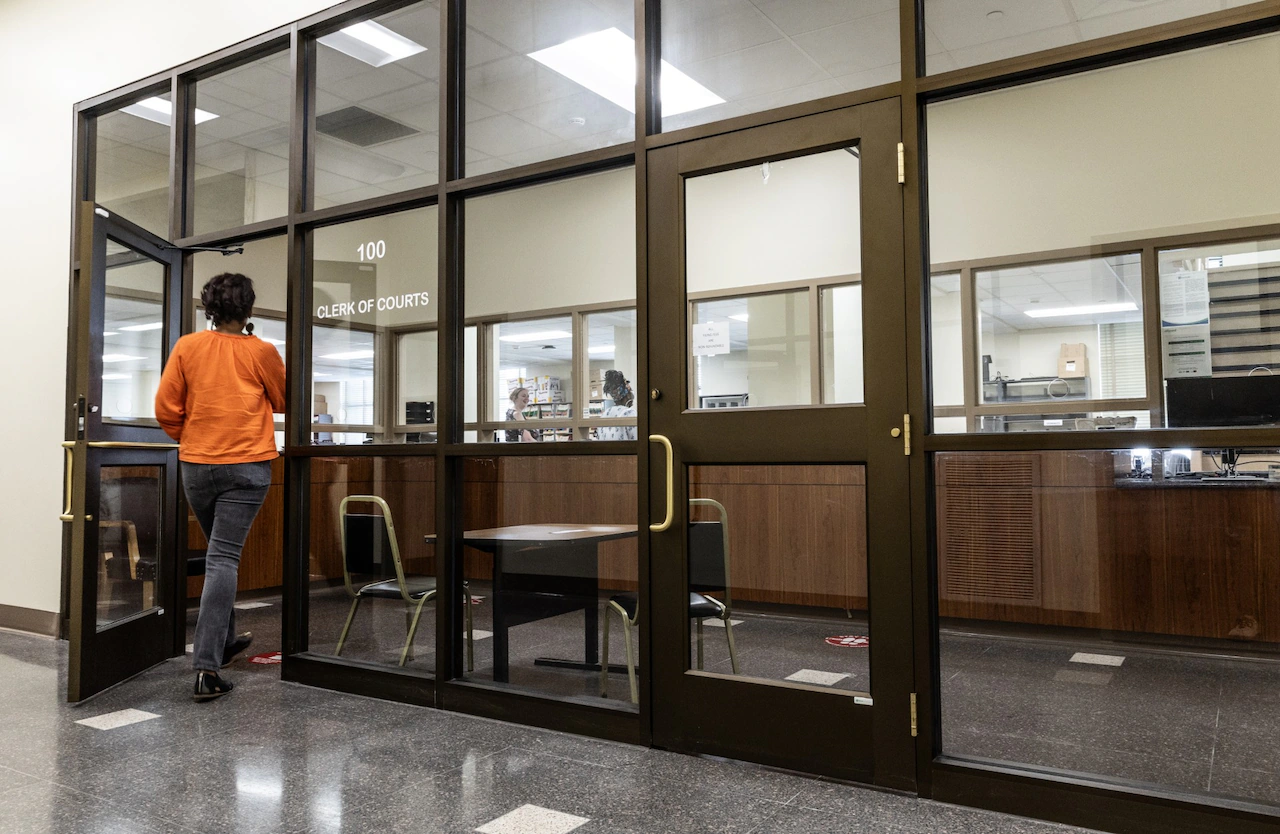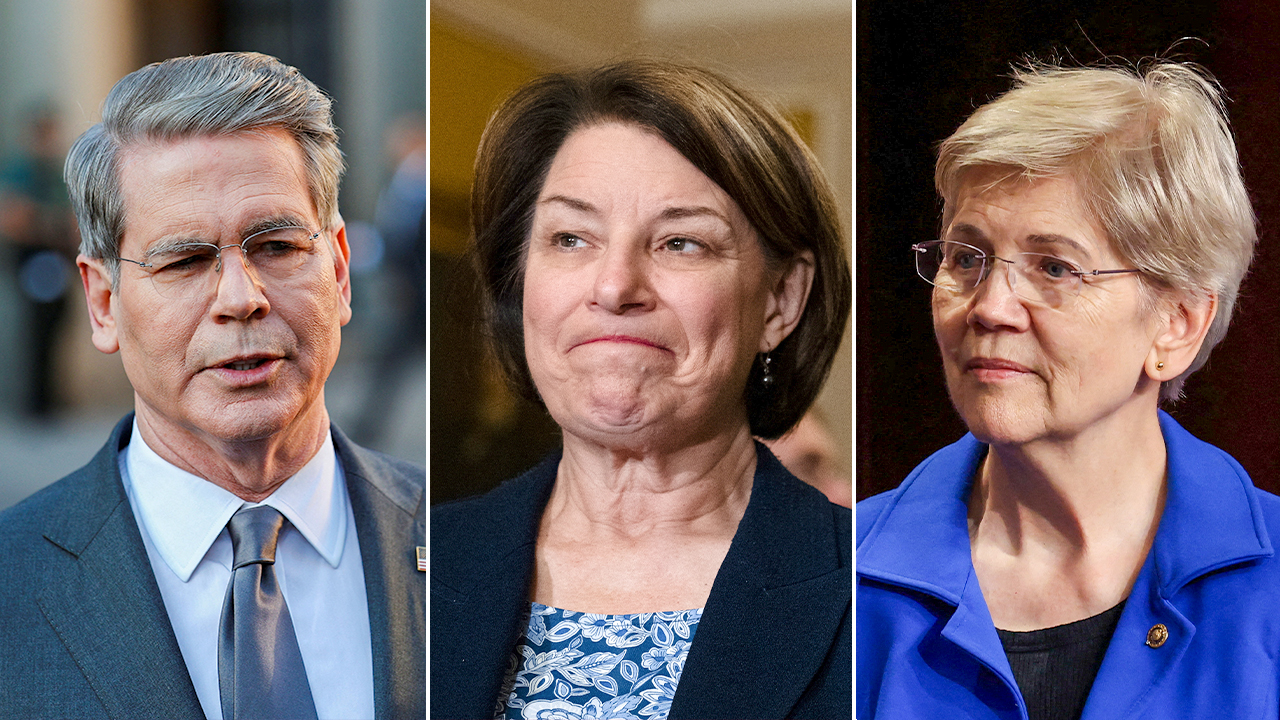Copyright thehindubusinessline

How does the Madras High Court ruling that sees crypto as a property boost your initiatives or plans in terms of India? It’s a welcome decision from our perspective because it offers clarity on the legal characterisation around digital assets. It is not legal tender, at least not yet. As property, what becomes transparent is a whole bundle of rights associated with property. Transferability, enforceability, ownership, exclusivity, etc. This is a paradigm shift because it also enlivens users’ rights in relation to these properties and we’re seeing some of that play out already in the market. It doesn’t change our strategic thinking because we treat digital assets as property when it comes to our consumers. That’s why we have an obligation to safeguard it for them. So, it clarifies that our thinking is now synonymous with India’s approach from a legal basis. How do you see the compliance regulation right now in India? How would you want it changed? Currently, it’s an AML registration. India remains the exception among G2G countries who made a commitment in 2023 to financial inclusion and adopting digital assets as part of their national frameworks. What would be helpful is if the licensing framework offered much more clarity. There are multiple models around the world. The schools of thought align on: figuring out licensing for infrastructure providers and whether it’s a broker-dealer model, exchange licence, OTC desk licensing model. Do you plan to hire or work on offices in India? We are a foreign entity registered with the FIU. We’re interested in localisation, but it requires many considerations, one of which is regulatory certainty. So, one thing we’re looking forward to is seeing how India decides to move beyond its AML registration model towards a full licensing model because that is what helps us to understand what we can do in the market and where we can scale. We’d be very interested in expanding our footprint and our presence in India. We want to partner with the states and have a presence in parts of the country. What we could use some help with is regulatory certainty. What are Binance’s plan for India and for Maharashtra? India and APAC as a whole, is a key power region for us. It contributes to an outsized portion of year-on-year growth when it comes to digital assets. About 60-70 per cent of growth has been generated from this part of the world. India takes the lead. Our strategy for India is the same as our global strategy. In India there is a uniform adoption against tier-1, 2 and 3 cities. It’s still a little bit skewed when it comes to gender participation and we want to actively look at and improve on that. Maharashtra has announced an ambitious timeline, working on real world asset tokenisation and digitalisation of land title. We would like to contribute in terms of our know-how in application use case, breakdown into a safe product life cycle. It’s clear on what the rights are, as well as scalable in a resilient fashion. You had partnered with Kyrgyzstan for stablecoins. Are you thinking of something like that for India as well? Yes, if there is an opportunity in India to work with a regional or central government on their stablecoin initiatives. By stable coins, I’m referring to a broad category, including INR-backed tokens, INR-based CBDCs, private-public partnership in terms of INR-based stable coins. These are just different mechanisms with unique trade-offs but we’d be interested in any of these methodologies towards digitising the rupee, increasing its share of market inflows, internationalisation in a programmable and interoperable model. Stablecoins will be a dominant driver of digital asset adoption for the next billion users, along with real world asset tokenisation. These are the twin drivers that we are focusing on as a business.



